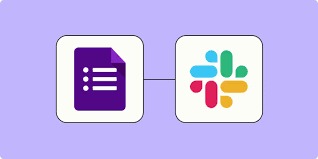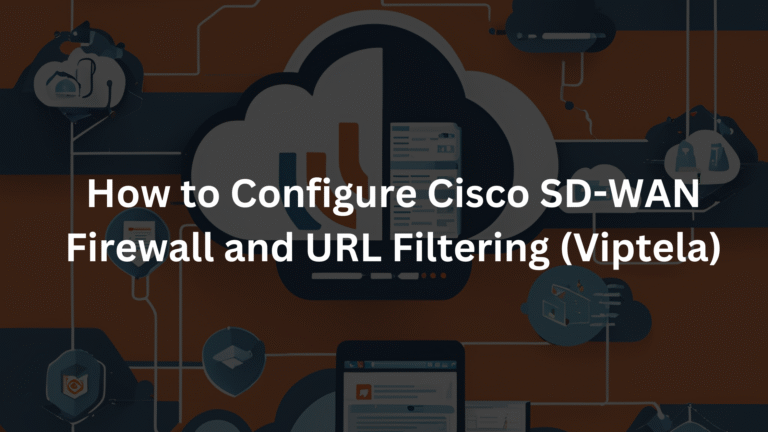How to Use Morjier255 The Ultimate Beginner-to-Expert Guide
In today’s data-driven and productivity-focused digital world, software tools that help streamline workflows, automate tasks, and manage complex projects are essential. One such tool is Morjier255, a highly flexible and powerful software designed for both individuals and enterprises looking to enhance operational efficiency. This comprehensive guide explains exactly how to use Morjier255—starting from installation and setup to advanced techniques and integrations.
Whether you are an absolute beginner or an intermediate user looking to sharpen your skills, this step-by-step article will help you unlock the full potential of Morjier255.
How to Use Morjier255?
Morjier255 is a robust data processing, visualization, and workflow automation platform. It supports numerous file formats, integrates with various external tools, and is tailored to support users in managing data-intensive operations. From project creation to data visualization and automated workflows, Morjier255 provides a central hub for digital transformation.
Part 1: Getting Started with Morjier255
System Requirements and Setup
Before learning how to use Morjier, ensure your device meets the following specifications:
- Operating System: Windows 10/11, macOS 10.15+, or Ubuntu 18.04+
- RAM: Minimum 8GB (16GB recommended)
- Processor: Intel Core i5/Ryzen 5 or higher
- Disk Space: Minimum 10GB of free storage
- Internet: Required for updates and cloud features
Installation Steps
- Visit the official Morjier255 website and download the installer for your OS.
- Launch the installer and follow the setup wizard.
- Accept the license agreement.
- Choose the installation location.
- Opt for default components if unsure.
- Complete installation and restart your system if prompted.
Initial Configuration Once installed:
- Launch Morjier255.
- Choose your interface language.
- Select theme preference (Light/Dark/Auto).
- Set default data directory.
- Accept privacy terms or customize data usage settings.
Part 2: Creating Your Profile and First Project
Creating a User Profile Navigate to File > User Settings:
- Click “Create New Profile”
- Enter name, email, and preferences
- Enable backup/sync (optional)
Starting a New Project
- Click “New Project”
- Choose between a blank project or predefined template
- Enter a project name and select a storage path
- Your workspace will now load with default panels
Part 3: Navigating the Interface
Main Interface Components
- Menu Bar: File, Edit, View, Tools, Help
- Toolbar: Quick-access buttons (New, Save, Export)
- Workspace Panel: Main data and task area
- Properties Panel: Contextual settings
- Status Bar: Displays system activity
Customizing Your Workspace
- Drag and rearrange panels
- Resize or hide panels via View settings
- Save multiple layouts for different project types
Essential Keyboard Shortcuts
- Ctrl + N: New Project
- Ctrl + O: Open Project
- Ctrl + S: Save Project
- Ctrl + Z: Undo
- F1: Help Menu
Part 4: Importing and Managing Data
Supported Input Formats
- CSV, Excel (.xlsx/.xls)
- JSON, XML, YAML
- TXT, ODS
- Databases (SQL Server, MySQL, PostgreSQL)
Steps to Import Data
- Go to File > Import Data or use the import icon
- Browse and select your data file
- Preview the data table
- Adjust parsing settings if needed
- Click “Import”
Managing Imported Data
- Tag and categorize datasets
- Set data permissions and access levels
- Enable version tracking for edits
Part 5: Data Processing and Operations
How to Use Morjier255 and process data
- Use the Processing Engine to apply filters, transformations, or calculations.
- Use built-in scripts or create custom ones for advanced operations.
Common Data Operations
- Sort and filter datasets
- Join or merge multiple datasets
- Remove duplicates
- Validate data types and formats
Example Workflow
- Import a CSV file
- Apply a date-range filter
- Merge with another dataset
- Remove blank rows
- Export clean data as Excel
Part 6: Visualization and Analysis
Types of Visualizations
- Bar and Line Charts
- Pie and Donut Charts
- Heatmaps
- Scatter Plots
- Custom Dashboards
Steps to Create a Chart
- Select the dataset
- Go to Insert > Chart
- Choose chart type
- Customize axes, colors, and labels
- Save chart to project or export as PNG/PDF
Creating Dashboards
- Combine multiple charts into one view
- Use filters and drill-downs
- Share dashboards with team members
Part 7: Automation and Scripting
Using the Scripting Engine
- Supports Python and R scripting
- Automate repetitive processing tasks
- Schedule jobs via cron or event triggers
Batch Processing
- Select multiple files
- Define processing sequence
- Set export format and destination
Scheduled Workflows
- Set frequency (daily, weekly, monthly)
- Configure email notifications
Part 8: Exporting and Sharing Data
Supported Export Formats
- CSV, Excel
- PDF, PNG, SVG
- JSON, XML
- SQL Dumps
Exporting Steps
- Go to File > Export
- Choose output format
- Customize export settings (e.g., encoding, compression)
- Click “Export”
Sharing with Others
- Generate shared links
- Export via email or cloud
- Integrate with Power BI, Tableau, or Google Sheets
Part 9: Team Collaboration and Version Control
Collaborative Features
- Real-time edits in shared projects
- Comment and annotation tools
- Permission management for users
Version Control
- Automatic change tracking
- Revert to previous states
- View contribution logs
Team Workspace Setup
- Enable cloud sync
- Invite users via email
- Assign roles (viewer/editor/admin)
Part 10: Troubleshooting and Support
Common Issues & Fixes
- Slow Performance: Clear cache, increase memory, close background apps
- Import Failures: Verify file format and encoding
- Export Errors: Check path permissions, disk space
Help Resources
- Built-in Help Menu (F1)
- Official Documentation
- Community Forum
- Email and Chat Support
- Video Tutorials
Part 11: Advanced Use Cases
Advanced Data Analytics
- Perform regressions and clustering
- Use machine learning integrations
Custom Plugins
- Develop your own tools using Morjier255 SDK
Enterprise Deployment
- Multi-user licensing
- Advanced audit logging
- API for system integration
Conclusion
Learning how to use Morjier255 doesn’t require deep technical expertise—just a willingness to explore and practice. From importing data to creating visual dashboards and automating entire workflows, this software can revolutionize the way you work with information.
To get the most out of Morjier255:
- Start with simple projects and gradually explore more features
- Utilize templates and automation early
- Join the Morjier255 community to exchange tips and best practices
- Don’t hesitate to experiment and make mistakes—it’s part of the process
With this guide, you’re now equipped to confidently navigate, use, and master Morjier255 for personal or professional use.







